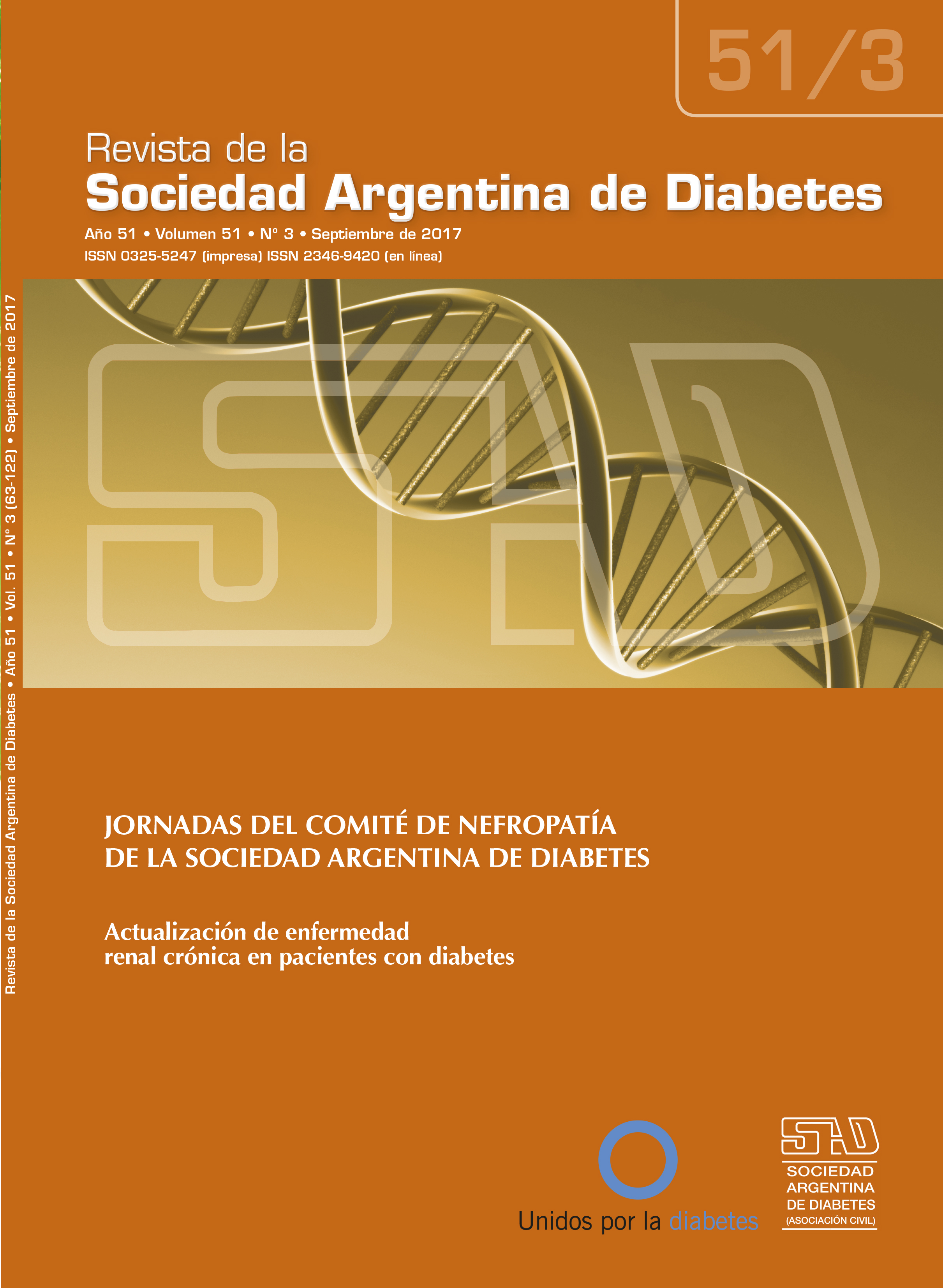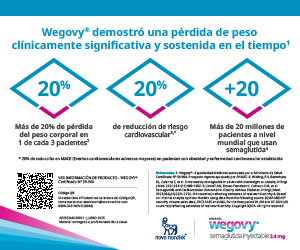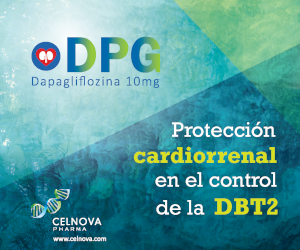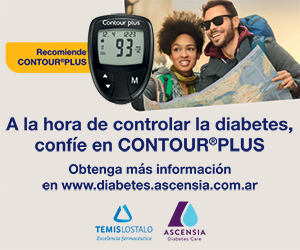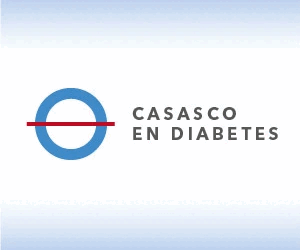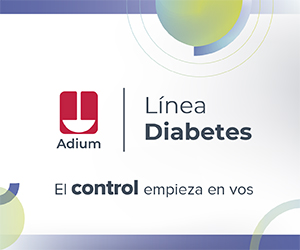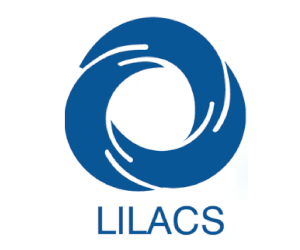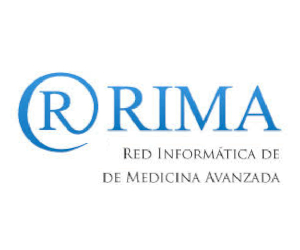Dyslipidemia in patients with diabetic kidney disease. Objectives of treatment. Use of lipid-lowering drugs
DOI:
https://doi.org/10.47196/diab.v51i3.110Keywords:
chronic kidney disease, dyslipidemia, lipid-lowering drugs, cardiovascular events, diabetic kidney diseaseAbstract
The dyslipidemia rate in patients with chronic kidney disease (CKD) was demonstrated over 60%, presenting lipidic variations proatherogenic with qualitative alterations more significant than quantitative ones in the global cardiovascular risk, apart from the LDL. For the pharmacological treatment, statins or statin/ ezetimibe combination play a fundamental role either for the improvement of lipid profile or for the reduction of cardiovascular events (CVE), however, the dose should be adjusted with relation to pharmacological interactions. The pharmacological treatment with lipid lowering drugs in patients with more ad- vanced chronic kidney disease (CKD) is still under discussion. In patients with CKD, the cholesterol levels not always present a linear relations with cardiovascular events, as with the general population. In patients with kidney disease and diabetes, the target LDL should be <100 mg/dl, and for those with CVE and diabetic kidney disease <70 mg/dl.
References
Tannock L. Dyslipemia in chronic kidney disease. En: Endotex (Internet). Editores: De Groot LJ, Chrousos G, Dungan K, et al. June 10, 2015.
Collins AJ, Foley RN, Chavers B, et al. United States Renal Data System 2011 Annual Data Report: atlas of chronic kidney disease & end-stage renal disease in the United states. Am J Kidney Dis 2012; 59-A7 (e1-420).
Keane WF, Tomassini Je, Neff DR. Lipid abnormalities in patients with chronic kidney disease: implications for thepathophysiology of atherosclerosis. J of Atheros Thromb 2013; 20: 123-133.
Saydah S, Bullard MK, ChenY, et al.Trends in cardiovascular disease risk factors by obesity level in adults in the United States, NHANES 1999-2010: Obesity (Silver Spring) 2014; 22(8): 1888-1895.
Palmer SC, Navaneethan SD, Craig JC, Perkovic V, Johnson DW, Nigwekar SU, Hegbrant J, Strippoli GFM. HMG CoA reductase inhibitors (statins) for kidney transplant recipients. Cochrane Database of Systematic Reviews 2014, Issue 1. Art. Nº: CD005019. doi: 10.1002/14651858.CD005019.pub4.
Edigo J, Más S, Rojas-Rivera J, et al. Abordaje terapéutico a la dislipemia del paciente con enfermedad renal crónica, incluido trasplante renal. Nefrología Sup Ext 2013; 4(4): 18-27.
Baigent C, Landray MJ, Reith C, et al; SHARP Investigators. The effects of lowering LDL cholesterol with simvastatin plus ezetimibe in patients with chronic kidney disease (Study of Heart and Renal Protection): a randomised placebo-controlled trial. Lancet 2011; 377(9784):2181-92.
KDIGO Clinical practice guideliness for lipid management in chronic kidney disease. Kidney Int 2013; (3): 259-305.
Bangalore S, Fayad G, et al.Treating to new targets steering, and investigators. Statin and the risk of renal related serious adverse evnts: analysis from de IDEAL, TNT, CARDS, ASPEN, SPARCL, and other placebo controlled trials. Am J Cardiol 2014; 113 (12):2018-20.
Mihaylova B, Schlackow I, Herrington W, et al. Cost-effectiveness of simvastatin plus ezetimibe for cardio- vascular prevention in CKD: results of the Study of Heart and Renal Protection (SHARP) Am J Kidney Dis 2016; 67(4):576-84.
Baigent C, Landray MJC, Reith C, et al. The effects of lowering LDL colesterol with simvastatin plus ezetimibe in patients with chronic kidney disease (Study of Heart and Renal Protection) a randomised placebo-controlled trial. Lancet 2011; (9784) 377:2181-92.
Boden W, Probstfield T, Anderson B, et al. Niacin in patients with low HDL choleterol levels receiving intensive statin therapy. N Engl J Med 2011; 365(24):2255-67.
Kang H, Kim V, et al. Effect of low-dose niacin on dysli- pidemia, serun phosphorus levels and adverser effects in patients with chronic kidney disease. Kidney Res Clin Pract 2013; 32(1):21-26.
Jun M, Zhu M, Tonelli M, et al. Effects of fibrates in kidney disease: a systematic review and meta-analysis. J Am Coll Cardiol 2012; 60(20):2061-20171.
Ting R-D, Keech AC, Drury PLM, et al. Benefits and safety of long-term fenofibrate therapy in people with type 2 diabetes and renal impairment: The FIEL Study. Diabetes Care 2012; 35(2):218-225.
Svensson M, Schmidt K, Jorgensen A, Christensen JH. N-3 fatty acids as secondary prevention against cardiovascular events in patients who undergo chronic hemodialysis a randomised, placebo-controlled intervention trial. Clin J Am Soc Neprol 2006; 1: 780-786.
Downloads
Published
Issue
Section
License

This work is licensed under a Creative Commons Attribution-NonCommercial-NoDerivatives 4.0 International License.
Dirección Nacional de Derecho de Autor, Exp. N° 5.333.129. Instituto Nacional de la Propiedad Industrial, Marca «Revista de la Sociedad Argentina de Diabetes - Asociación Civil» N° de concesión 2.605.405 y N° de disposición 1.404/13.
La Revista de la SAD está licenciada bajo Licencia Creative Commons Atribución – No Comercial – Sin Obra Derivada 4.0 Internacional.
Por otra parte, la Revista SAD permite que los autores mantengan los derechos de autor sin restricciones.



